Descripción
Era el martes 15 de mayo de 1990 a las 10.20 al hacer mis ejercicios era en papel, me impresionó este nuevo concepto, y más tarde escribí varios proyectos de programación e incluso mi carrera y tesis sobre este tema. Con el profesor Mössenböck, desarrollador del lenguaje de programación orientado a objetos Oberon-2, en la Universidad Johannes Kepler de Linz, Austria, presenté a cientos de estudiantes el arte de la programación orientada a objetos.
En 1997, BMD Systemhaus GmbH, el principal fabricante de software de contabilidad de Austria, me ofreció la oportunidad de administrar su división de desarrollo de software con la responsabilidad principal de convertir su desarrollo COBOL actual a programación orientada a objetos, un gran desafío para mí. Las experiencias que obtuve en este proyecto y la técnica aplicada para transmitir las técnicas orientadas a objetos a los programadores de COBOL formaron la base de este libro.
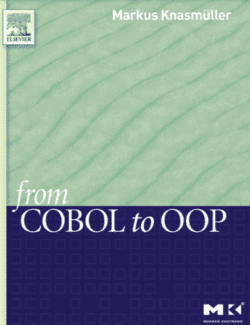
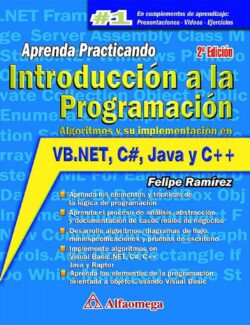
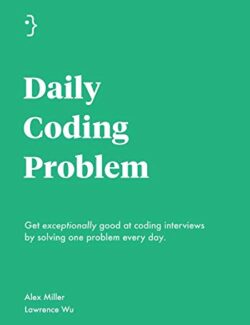
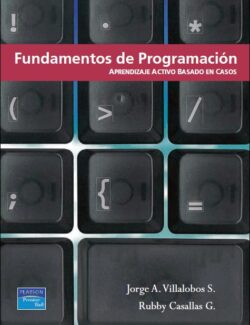

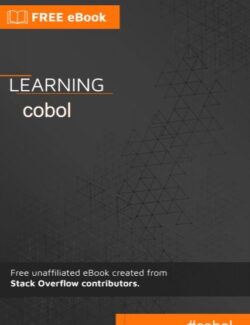
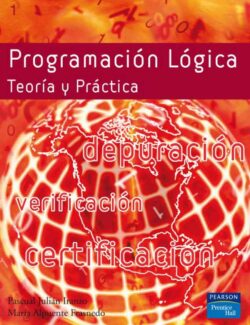

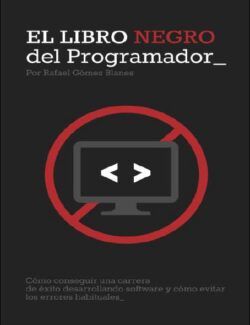
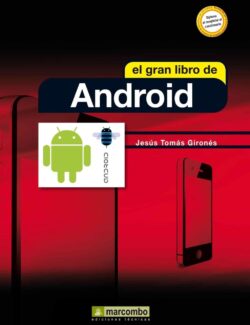
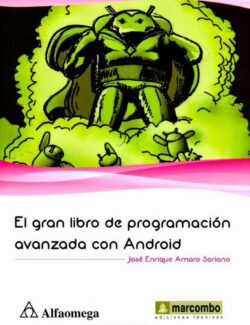
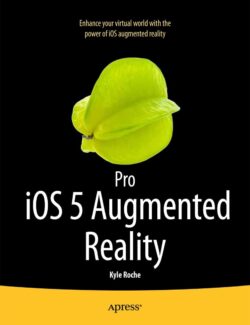
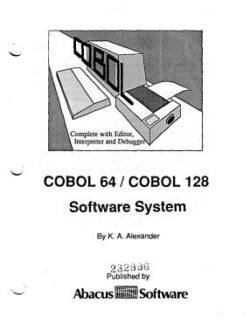
¿Qué piensas de este libro?
No hay comentarios